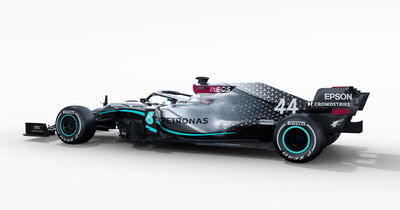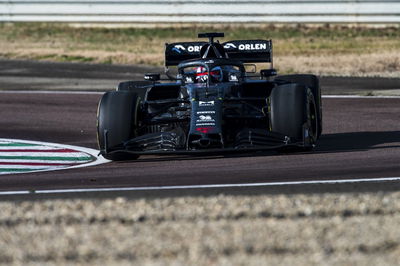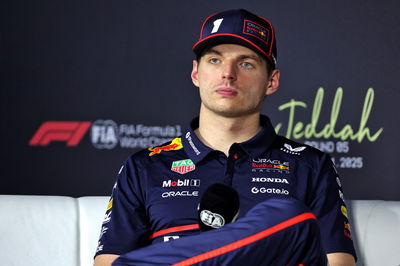Mercedes won’t repeat ‘two-car’ approach in 2020 F1 testing
Mercedes will not repeat the development approach it used last year in the upcoming pre-season tests ahead of the 2020 Formula 1 season.
In 2019, Mercedes began testing with a basic car design and initially appeared off the pace, before it introduced a completely revised package for its W10 in time for the second test. This car went on to race at the Australian Grand Prix and was victorious at the opening eight rounds.

Mercedes will not repeat the development approach it used last year in the upcoming pre-season tests ahead of the 2020 Formula 1 season.
In 2019, Mercedes began testing with a basic car design and initially appeared off the pace, before it introduced a completely revised package for its W10 in time for the second test. This car went on to race at the Australian Grand Prix and was victorious at the opening eight rounds.
But following the launch of Mercedes’ new W11 challenger at Silverstone, technical director James Allison revealed the German manufacturer will not adopt the same philosophy during this year’s six-days of running at Barcelona.
"We will still have upgrades for Melbourne that will come in the second week of testing, but the 'entire new car' approach of 2019 won't feature," Allison said.
"Last year, the regulations were changed quite significantly, and they were decided quite late in the year.
“Under those circumstances, doing a launch car and a week two car gave us the chance to build the maximum amount of learning into our Melbourne car.
“With the regulations being more mature this year and with the opening stab of the 2020 development already being at the same level as the finish of last year's car, repeating last year's approach would not make sense.”
Allison explained the key changes behind the design concept of its W11, which is centred around three key aspects, including an “adventurous suspension layout”.
"The regulations stayed largely the same for the new year, so for us it was all about trying to make sure that we don't run out of development steam on a package that worked pretty well for us last year," Allison explained.
"We wanted to change aspects of the concept of the car - aspects that would be completely impossible to change within a season - to give us a more fertile platform for the new season.
“We tried to make a few well-chosen architectural changes to keep the development slope strong even though the regulations are now a little bit longer in the tooth.
“At the front we have accepted more structural complexity around the uprights and wheel rims in order to provide a higher performance assembly overall,” he added.
"In the middle of the car we have followed the pitlane trend by moving our upper side impact tube to the lower position and banking the aerodynamic gain that comes with this layout.
“At the rear of the car we have gone for an adventurous suspension layout in order to free up aerodynamic development opportunity.
“All three investments were improvements in their own right, but their real effect is to mobilise a raft of secondary aerodynamic gains both during the winter and, we hope, across the season to come."
Valtteri Bottas was first to get behind the wheel of Mercedes' W11 contender at the British Grand Prix venue on Friday, before reigning world champion Lewis Hamilton gets his first taste of his new machinery.












